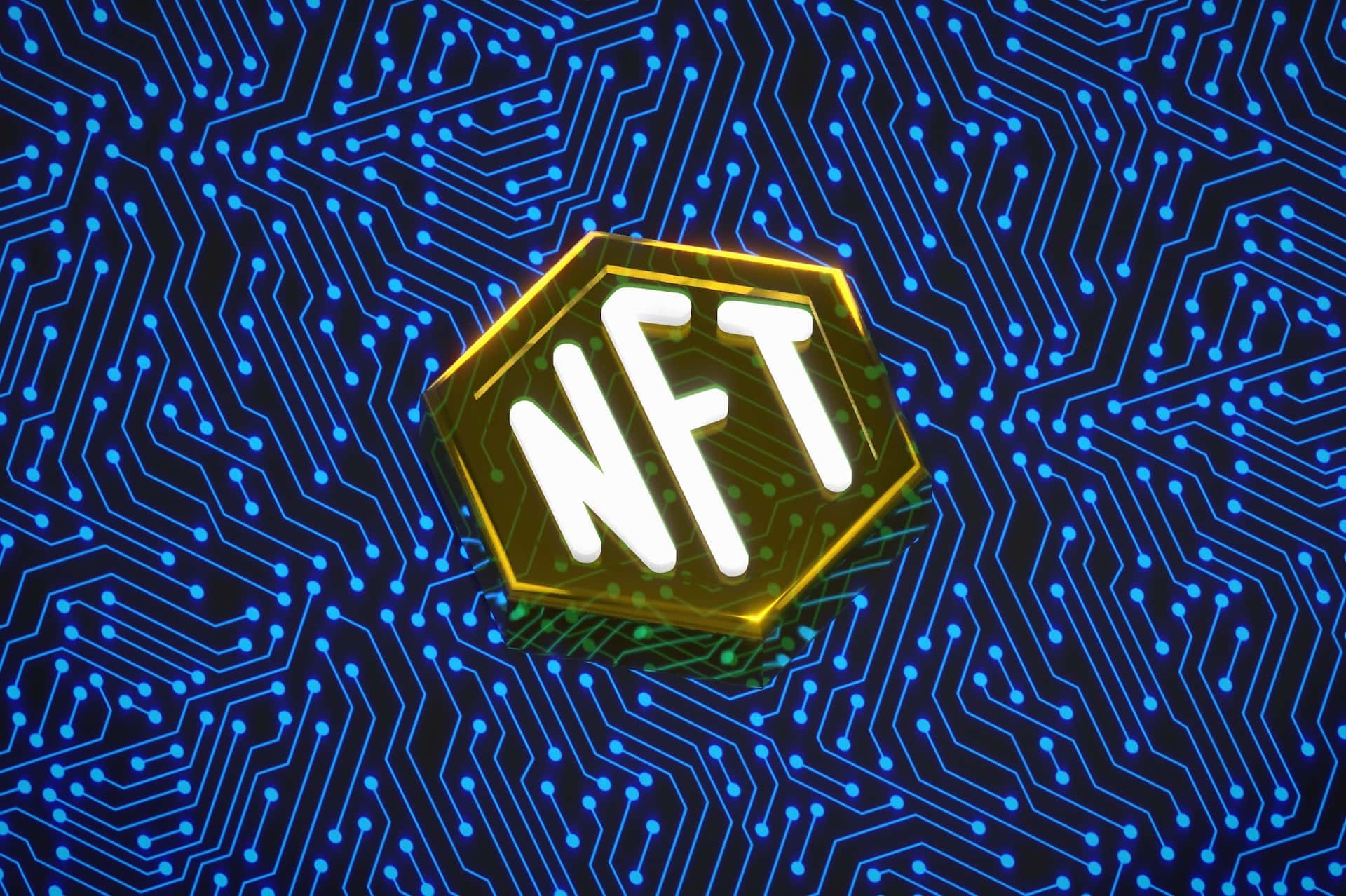With plenty of use cases ranging from playing-to-earn games to tokenized versions of real-world assets, you may wonder how to capitalize on the emergence of NFTs. Earning passive income from NFTs would be one way to do that.
Read on to learn more about NFTs that make passive income and how you can earn an income from your NFT holdings.
Staking NFTs
Staking NFTs refers to the process of locking non-fungible tokens (NFTs) into a smart contract or a decentralized protocol in order to earn rewards.
To stake an NFT, select a protocol or dApp that allows for NFT staking. Remember that you cannot sell the NFT before the staking period ends, so only stake NFTs you don’t plan on using or selling in the near future. Once staked, your NFT will start to earn you passive income in the form of crypto tokens. You can sell, trade, or swap these tokens to convert them into your preferred cryptocurrency.
Review the terms before staking your NFTs since rewards vary from platform to platform. Remember that various factors will affect your staking rewards, including your NFT’s rarity (the rarest ones typically earn the highest rewards), so keep that in mind when choosing the NFTs your buy for staking purposes.
Most NFT staking options exist in play-to-earn (P2E) games, Ethereum-based metaverses, and DeFi platforms such as The Sandbox, Decentraland, StakeDAO, and Kira Network. The type of NFTs on each platform varies based on users’ needs and preferences, so review them to choose the most suitable one for your NFTs.
Renting NFTs
Renting NFTs refers to the practice of temporarily leasing out non-fungible tokens (NFTs) to other individuals or entities in exchange for a fee or rental income.
The GameFi industry’s play-to-earn feature has appealed to many gamers and presents an opportunity for NFTs with passive income. NFT gamers who cannot afford the digital collectibles needed to earn on their favorite P2E games can place bids on the NFTs you list on a marketplace “for rent” and share their revenue with you.
There are two types of NFT renting:
- Collateral-based renting: The NFT owner and borrower agree to the terms specified in a smart contract with the terms including the nature of the collateral accepted, the contract period, and the conditions for termination. Once the smart contract is active, ownership of the NFT transfers to the borrower. The downside of this option is that there are no mechanisms to ensure the borrower returns the asset. Additionally, given that the collateral’s value must be higher than or equal to the NFTs value, the cost can be prohibitive to many borrowers.
- Collateral-free renting: Unlike the collateral-based renting option, ownership doesn’t change. Using wrapping technology, the NFT owner retains ownership at all times, and the borrower gets access to a digital asset with all the features of the NFT in question. Once both parties agree to the smart contract terms, a wrapped NFT is minted, and the borrower can use it within the conditions of the contract. Once the contract expires, the wrapped NFT is burned, and the NFT owner is free to use their digital asset again.
If you are considering renting your NFTs to earn passive income, it’s probably best to focus on those in high demand from P2E players. You can list your NFTs for rent on marketplaces such as UnitBox DAO, Vera, IQ Protocol, and Defy.
Yield Farming NFTs
NFT yield farming involves lending NFTs to earn rewards in tokens. In traditional crypto yield farming, investors deposit their crypto assets in a liquidity pool where the economies of scale ensure high returns from investment activities. The same concept applies to NFT yield farming save for fungible crypto assets being substituted with NFTs.
Instead of buying an NFT and waiting for its value to appreciate, you can create utility and liquidity through yield farming. Start by reviewing all suitable NFT farming pools and choose the most suitable one. Once you select the pool with acceptable conditions, rewards will start accumulating.
As NFTs get increasingly integrated into the DeFi ecosystem, the earning opportunities for providing liquidity using your NFTs continue to increase. You can explore the available NFT yield farming options on platforms such as Mobox and Aavegotchi.
Earning NFT Royalties
Like traditional royalties for creative endeavors in art, film, and music, you can create an NFT and earn royalties from it. This option is unique because it is the only one on this list that allows you to earn passive income from an NFT even after you transfer ownership to another party.
During the NFT minting process, you can specify the terms for royalties’ payment, allowing you to earn each time the asset is sold or utilized to generate revenue. The smart contract automates the entire process, including disbursement and payment tracking.
Passive income generation allows you to earn with minimal effort and involvement. NFTs offer a variety of options with varying levels of risk and reward. Remember that extensive research before committing to any option minimizes the chances of unexpected risks.




